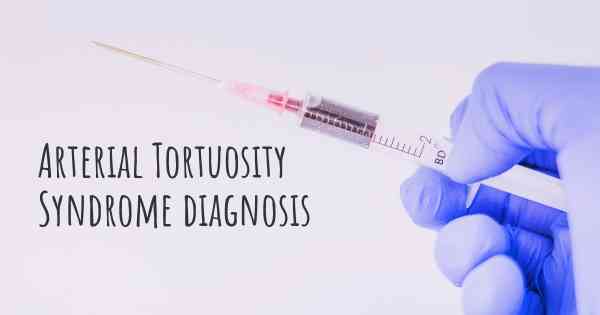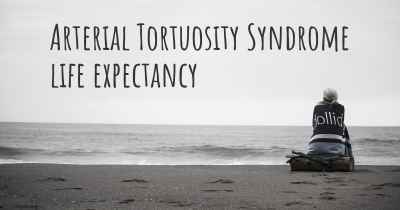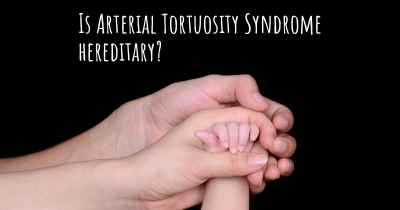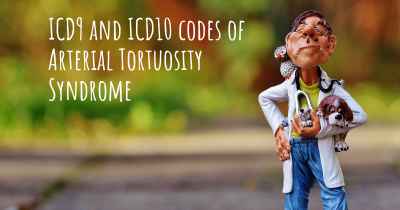How is Arterial Tortuosity Syndrome diagnosed?
See how Arterial Tortuosity Syndrome is diagnosed. Which specialists are essential to meet, what tests are needed and other useful information for the diagnosis of Arterial Tortuosity Syndrome

Diagnosis of Arterial Tortuosity Syndrome
Arterial Tortuosity Syndrome (ATS) is a rare genetic disorder characterized by the abnormal twisting and elongation of the arteries throughout the body. It is caused by mutations in the SLC2A10 gene, which is responsible for the production of a protein called GLUT10. This protein plays a crucial role in maintaining the structure and elasticity of blood vessels.
Diagnosing ATS can be challenging due to its rarity and the variability of symptoms among affected individuals. However, there are several key steps involved in the diagnostic process:
- Medical History and Physical Examination: The first step in diagnosing ATS is a thorough evaluation of the patient's medical history and a comprehensive physical examination. The doctor will look for signs and symptoms associated with ATS, such as joint hypermobility, skin abnormalities, and cardiovascular issues.
- Genetic Testing: Genetic testing is a crucial component of diagnosing ATS. It involves analyzing a blood or saliva sample to identify mutations in the SLC2A10 gene. This can be done through various techniques, including targeted gene sequencing, whole-exome sequencing, or even whole-genome sequencing. Genetic testing helps confirm the presence of ATS and can also identify specific mutations, which can aid in genetic counseling and family planning.
- Imaging Studies: Imaging studies are often performed to assess the structural abnormalities of the arteries in individuals suspected of having ATS. Techniques such as echocardiography, magnetic resonance imaging (MRI), or computed tomography (CT) scans can provide detailed images of the blood vessels, allowing doctors to visualize the tortuosity and elongation of arteries.
- Cardiac Evaluation: Since ATS primarily affects the cardiovascular system, a comprehensive cardiac evaluation is essential. This may include electrocardiography (ECG) to assess heart rhythm, echocardiography to evaluate heart structure and function, and possibly cardiac catheterization to measure pressures within the arteries.
- Other Assessments: Depending on the individual's symptoms and suspected complications, additional assessments may be necessary. These can include pulmonary function tests, ophthalmologic examinations, and skeletal evaluations to identify any associated abnormalities.
It is important to note that the diagnosis of ATS requires a multidisciplinary approach involving various medical specialists, including geneticists, cardiologists, radiologists, and other relevant healthcare professionals. Collaboration among these experts is crucial to ensure accurate diagnosis and appropriate management of the condition.
Early diagnosis of ATS is vital as it allows for timely intervention and management of associated complications. It also enables genetic counseling for affected individuals and their families, helping them understand the inheritance pattern and potential risks.
In conclusion, diagnosing Arterial Tortuosity Syndrome involves a combination of medical history evaluation, physical examination, genetic testing, imaging studies, and specialized assessments. The collaboration of healthcare professionals from different disciplines is essential to ensure an accurate diagnosis and appropriate management of this rare genetic disorder.
ATS should be diagnosed ONLY with genetic testing, looking for variants on the SLC2A10 gene. 2 variants = ATS and 1 variant = carrier.
For more info, contact Andrea.
You can conctact Andrea, go to www.atwistoffate-ATS.com
Posted Mar 10, 2018 by Andrea Taylor 2500








